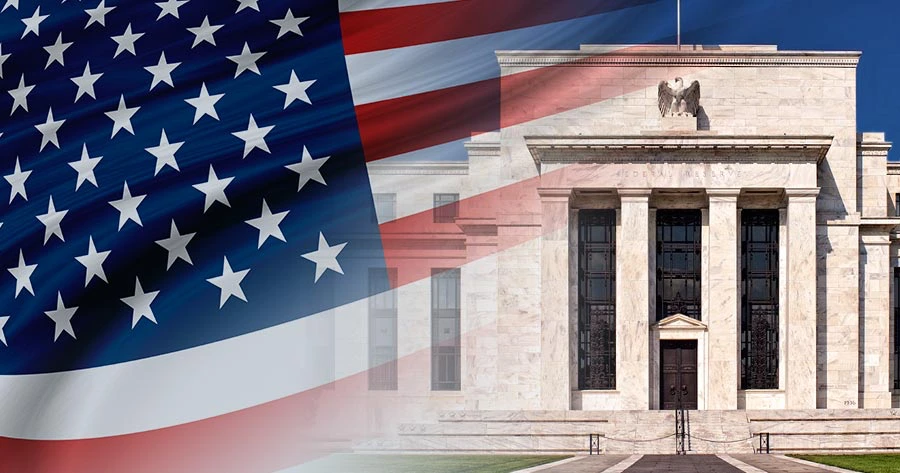
Canada Inflation Rate
Canada’s inflation rate fell to 1.6% in September 2024, down from 2% the previous month. This marks the lowest inflation rate since February 2021 and came in well below market expectations of 1.9%. It’s also the second consecutive month that inflation has been below the Bank of Canada’s 2% target, which is fueling speculation about further interest rate cuts.
What Contributed to the Drop in Inflation?
The sharp decline in inflation was mainly driven by lower gasoline prices, which fell by 10.7% in September compared to a 5.1% drop in August. Lower crude oil prices have pushed down transportation costs, adding to the deflationary trend in this sector.
Transportation costs saw a 1.5% decline, compared to a 0.1% decrease in August, highlighting how fuel prices are impacting broader categories.
Shelter and Rent Inflation Slows Down
Despite the overall decline in inflation, food prices continued to rise. In September, food inflation edged up to 2.8%, compared to 2.7% in August. Restaurant prices increased by 3.5%, while grocery store prices remained steady at 2.4%.
Looking Ahead: What’s Next for Canada’s Monetary Policy?
With inflation below the Bank of Canada’s target for two consecutive months, many are expecting the central bank to continue its rate-cutting cycle. While the trimmed-mean core rate stayed at 2.4%, the overall trend suggests that the Bank of Canada could make further adjustments to stabilize the economy.
In addition to the annual inflation drop, Canadian consumer prices also fell by 0.4% from August to September, adding further momentum to the downward trend in inflation.
Conclusion
The sharp drop in inflation, especially in sectors like transportation and shelter, is giving the Bank of Canada more room to maneuver on interest rates. However, the continued rise in food prices could be a point of concern for households.
Share
Hot topics

Federal Reserve’s Challenges to Trump’s New Policies
As the Federal Reserve Open Market Committee (FOMC) prepares for its upcoming meeting, all eyes are on how the Fed will respond to Donald Trump’s latest economic policies. With the...
Read more




Submit comment
Your email address will not be published. Required fields are marked *